

— Blogs —
—Products—
 Consumer hotline +8618073152920
Consumer hotline +8618073152920 WhatsApp:+8615367865107
Address:Room 102, District D, Houhu Industrial Park, Yuelu District, Changsha City, Hunan Province, China
Product knowledge
Time:2025-07-26 16:32:16 Popularity:903
An Automatic Weather Station (AWS) is an intelligent device that continuously and automatically monitors various meteorological parameters in an unmanned environment. By integrating high-precision weather sensors, data loggers, communication modules, and power systems, AWS can operate around the clock, collecting key weather data such as wind speed, wind direction, temperature, humidity, rainfall, atmospheric pressure, radiation, and more. The data is automatically uploaded to a data center or cloud platform for analysis and application. AWS can operate autonomously in remote or uninhabited areas and transmit data to cloud servers or user terminals via wireless communication technologies (such as 3G, 4G, 5G, LoRa, WiFi, or satellite communication) for remote analysis and decision-making.
As climate change and extreme weather events become more frequent, AWS has become essential in various fields such as agriculture, water conservancy, environmental protection, transportation, energy, and scientific research. It is particularly useful in areas like remote mountains, uninhabited zones, farmland, forests, and reservoirs where personnel presence is difficult.
AWS utilizes highly sensitive sensors to monitor weather parameters in real time. These sensors convert physical changes (such as temperature, humidity, and wind speed) into electrical signals, which are collected and processed by the data logger. The processed data is sent to remote data centers or cloud platforms via communication modules, allowing users to view and analyze real-time and historical data through web or mobile apps. The system can also integrate with weather models for data calculation, such as calculating evapotranspiration (ET), which is used in smart irrigation, water resource management, and crop water demand analysis.
A complete AWS system typically includes the following modules:
Used to monitor various meteorological parameters, including:
- Wind Speed and Direction Sensor: Monitors real-time wind speed and direction changes.
- Air Temperature and Humidity Sensor: Monitors atmospheric temperature and relative humidity.
- Atmospheric Pressure Sensor: Provides atmospheric pressure data for weather trend analysis.
- Rainfall Sensor: Measures rainfall intensity and total precipitation.
- Solar Radiation Sensor: Assesses light intensity, used in agriculture and photovoltaic systems.
- Evaporation Sensor (optional): Calculates surface water evaporation.
- Soil Temperature and Humidity Sensor (expandable): Used in agriculture and water irrigation systems.
- Additional parameters: PM2.5, PM10, CO2, snow sensors, noise, or light intensity (depending on the model).
Responsible for:
- Real-time reading of sensor data.
- Linearization, calibration, and quality control of the data.
- Storing historical data.
- Controlling data acquisition frequency, intervals, and reporting.
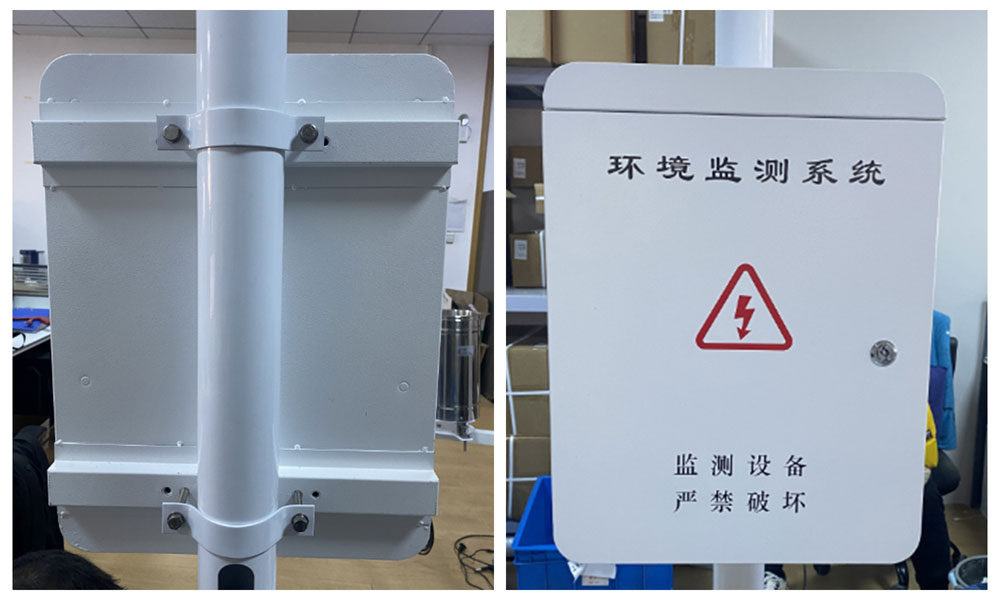
Supports various data transmission methods:
- Cellular networks: 3G/4G/5G
- LoRa or NB-IoT (long-range low-power)
- Satellite communication (for extremely remote areas)
- Wi-Fi or wired connections (for fixed stations)
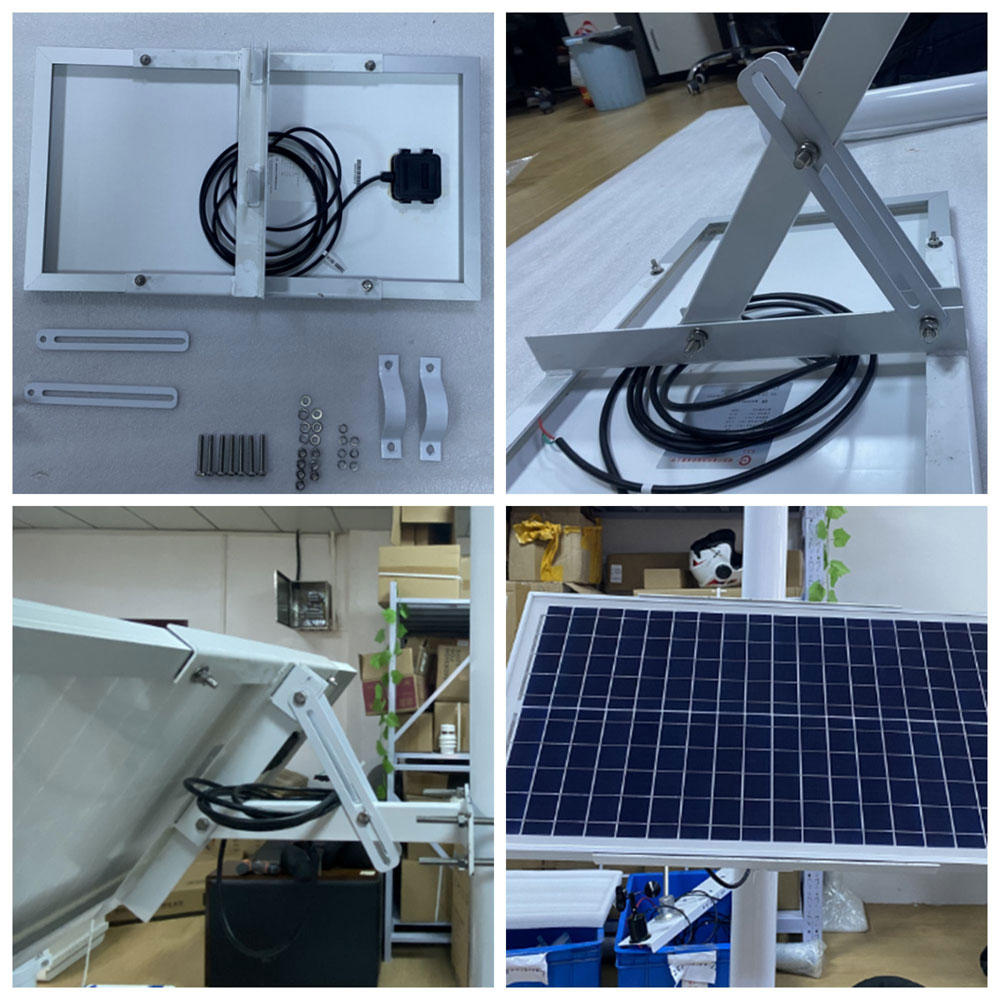
Supports multiple power sources to ensure stable operation in areas without grid power:
- Solar panels + lithium batteries (most common).
- AC mains electricity (for urban meteorological stations).
- Backup batteries (for power failure protection).
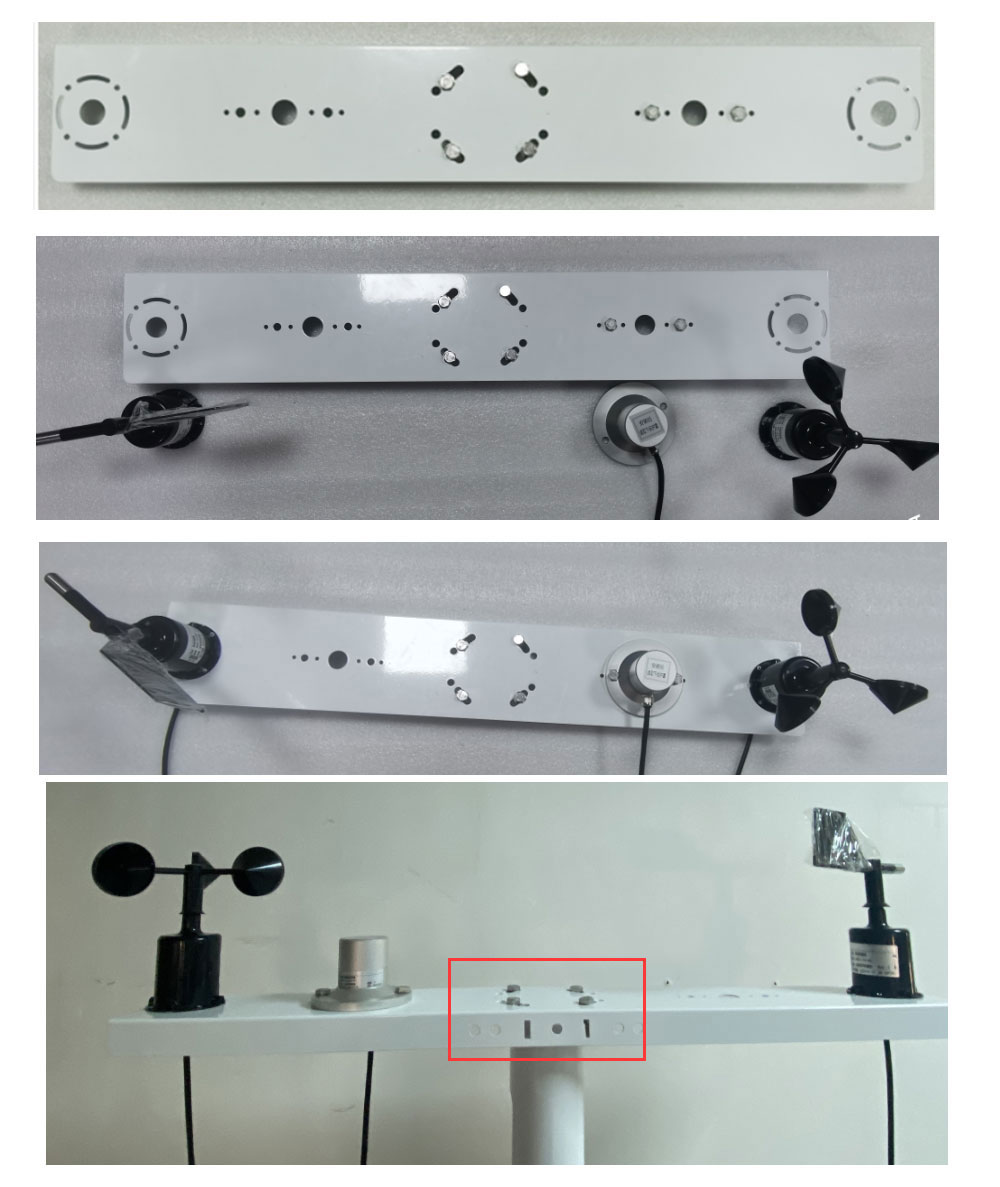
- Meteorological-grade supports that meet sensor height standards.
- All-weather protective enclosures that are waterproof, lightning-proof, and dust-proof.
- Radiation protection ventilation covers for temperature and humidity sensors to ensure accurate readings.
AWS can monitor more than 10 weather parameters simultaneously, such as temperature, humidity, pressure, wind speed, wind direction, precipitation, solar radiation, and more. Some models also support extended parameters like PM2.5 and noise. High-precision sensors meet international meteorological organization standards to ensure reliable data.
With 4G, 5G, Wi-Fi, LoRa, or satellite communication, data can be uploaded in real-time to the cloud, maintaining stable connectivity even in remote areas. Users can access real-time and historical data via mobile apps, web pages, or dedicated software, supporting remote monitoring and decision-making.
Built-in algorithms can detect abnormal weather events (such as heavy rain, strong winds, or frost) and send alerts via SMS, app push notifications, or email. For example, a rain alert can pause agricultural irrigation to save resources, while a frost warning can prompt frost protection measures.
Solar-powered and low-power design ensures long-term operation, with a modular structure for easy sensor replacement and upgrades. The protective shell is durable against harsh weather conditions, reducing maintenance costs.
Built-in storage modules preserve historical data to prevent data loss due to network interruptions. Some systems offer basic analysis, generating trend charts or weather reports to support scientific decision-making.
Compared to traditional wired weather stations, AWS eliminates complex wiring, offers flexible deployment, and is suitable for applications in farmland, mountains, coastal areas, or urban environments. Its low power design and rugged protective shell ensure long-term stability in harsh conditions, making it a core part of meteorological monitoring, agriculture, transportation, and energy sectors.

- Precise determination of crop water requirements.
- Smart irrigation systems with soil sensors.
- Preventing the impact of extreme weather on crops (frost, heat, drought).
AWS provides rainfall, temperature, humidity, and solar radiation data to optimize irrigation and fertilization schedules. For instance, rainfall data can prevent unnecessary irrigation, saving water resources, while frost alerts can protect orchards and vineyards.
- Real-time monitoring of rainfall distribution in watersheds.
- Guidance for reservoir dispatch and irrigation plans.
- Key component of flood warning systems.
- Supports long-term ecological and climate change trend analysis.
- Used in forest fire risk monitoring, desertification studies, and more.

- Real-time weather warning systems for highways and airports.
- Urban microclimate monitoring and smart city data support.
AWS monitors visibility, road surface slipperiness, and strong winds to provide alerts for roads, bridges, and airports. For example, AWS on coastal highways can report storm information to ensure driving safety.
- Real-time monitoring of solar radiation and wind energy resources.
- Optimizing operations of photovoltaic power plants and wind farms.
Wind speed, wind direction, and solar radiation data help in site selection and operational strategies for wind and solar energy projects.
- Monitors PM2.5, PM10, and noise levels for urban air quality management and forest fire prevention.
- Real-time monitoring of wind speed and humidity to assess fire risks and deploy preventive measures.
AWS provides high-precision data for climate change research, atmospheric modeling, and educational experiments. Its portability makes it ideal for field studies, helping students understand meteorological principles.
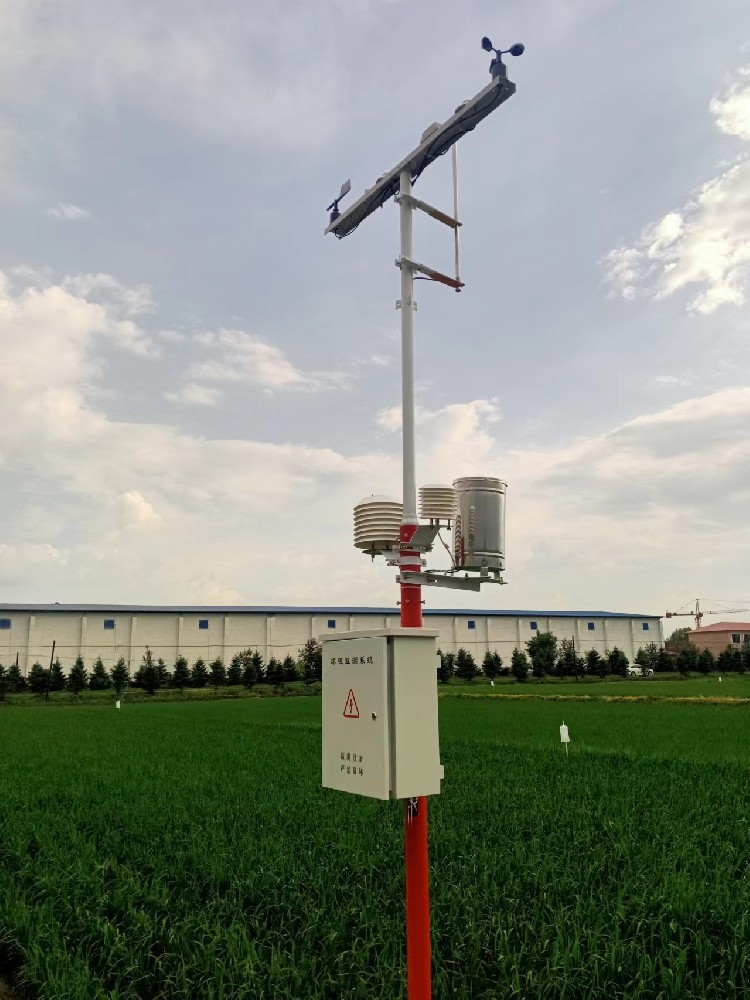
- High-precision, reliable sensor components.
- Supports multiple data communication protocols and platform integration (customizable).
- Modular structure for easy maintenance and upgrades.
- Global technical support and customized integration services.
- Rich project experience, exported to over 60 countries or regions.

In the context of escalating global climate change and frequent extreme weather events, real-time and accurate meteorological data is critical for agriculture, environmental protection, transportation safety, and scientific research. The wireless Automatic Weather Station (AWS) is an unmanned, intelligent device that efficiently collects, processes, and transmits weather data, providing reliable support for various sectors. AWS is gradually replacing traditional manual observation methods, becoming a key component of modern smart agriculture, ecological monitoring, and urban meteorological systems. It not only improves the efficiency and accuracy of meteorological monitoring but also promotes data-driven scientific decision-making. Whether you are an agricultural producer, environmental organization, research institution, or system integrator, AWS is a crucial tool for achieving smart upgrades.
Related recommendations
Sensors & Weather Stations Catalog
Agriculture Sensors and Weather Stations Catalog-NiuBoL.pdf
Weather Stations Catalog-NiuBoL.pdf
Related products
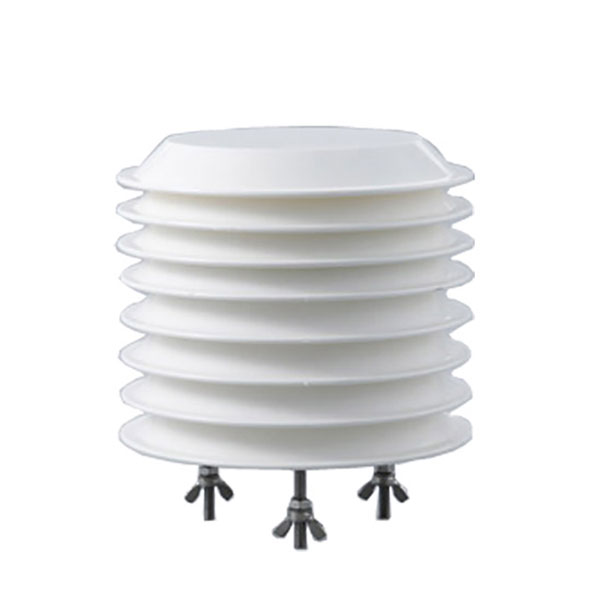 Combined air temperature and relative humidity sensor
Combined air temperature and relative humidity sensor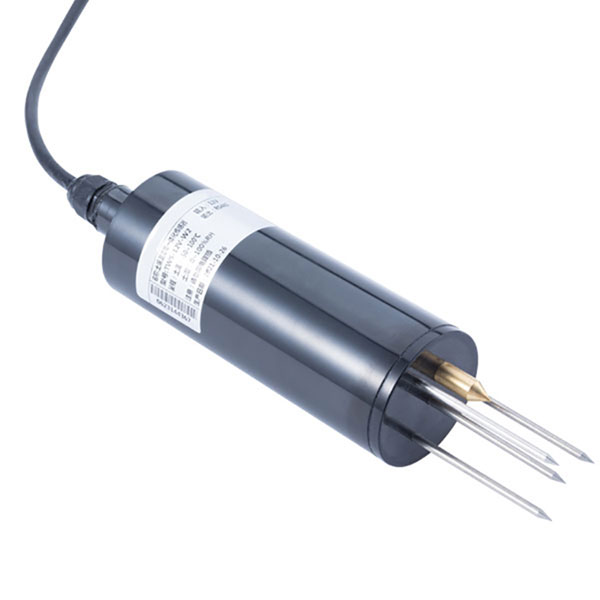 Soil Moisture Temperature sensor for irrigation
Soil Moisture Temperature sensor for irrigation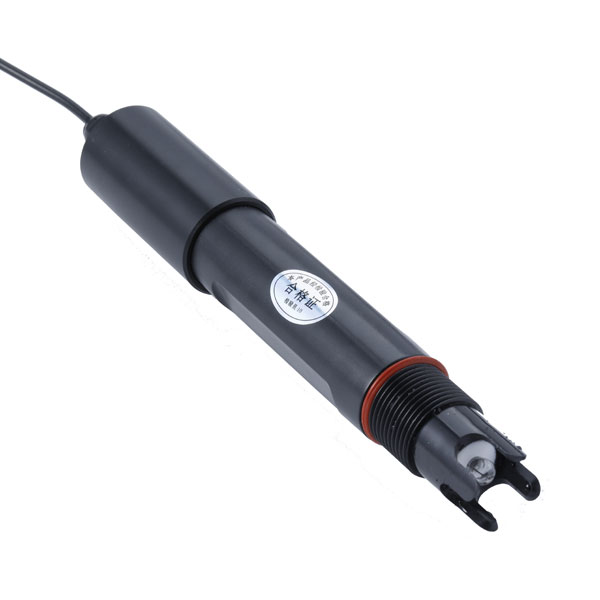 Soil pH sensor RS485 soil Testing instrument soil ph meter for agriculture
Soil pH sensor RS485 soil Testing instrument soil ph meter for agriculture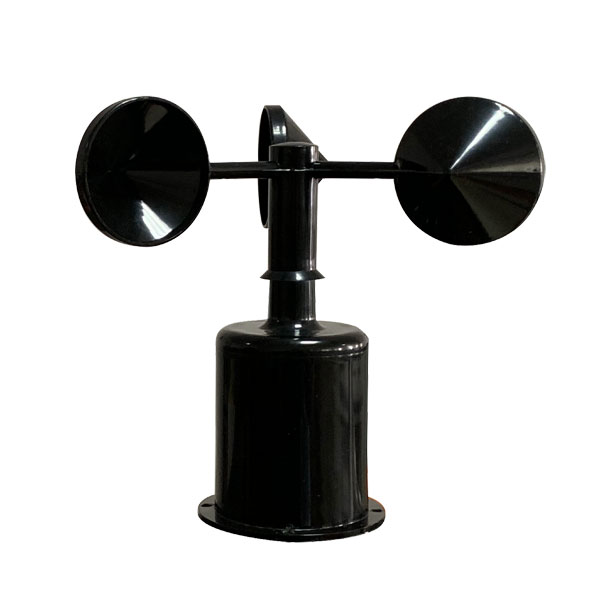 Wind Speed sensor Output Modbus/RS485/Analog/0-5V/4-20mA
Wind Speed sensor Output Modbus/RS485/Analog/0-5V/4-20mA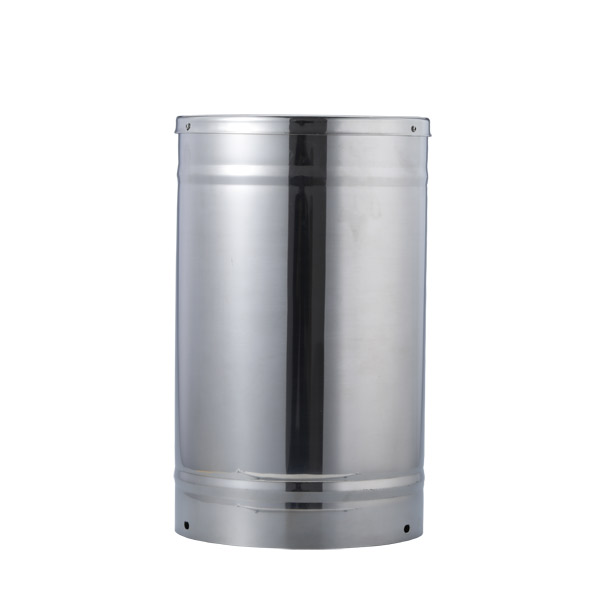 Tipping bucket rain gauge for weather monitoring auto rainfall sensor RS485/Outdoor/stainless steel
Tipping bucket rain gauge for weather monitoring auto rainfall sensor RS485/Outdoor/stainless steel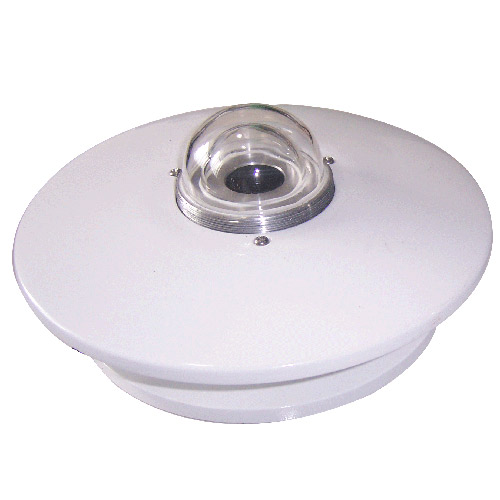 Pyranometer Solar Radiation Sensor 4-20mA/RS485
Pyranometer Solar Radiation Sensor 4-20mA/RS485
Screenshot, WhatsApp to identify the QR code
WhatsApp number:+8615367865107
(Click on WhatsApp to copy and add friends)
